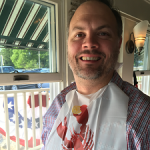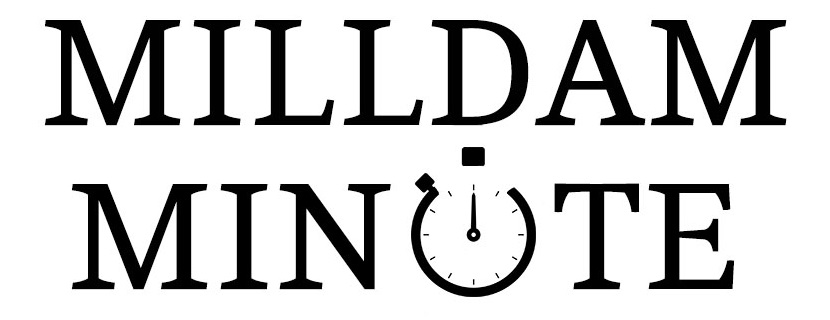Bridging the communications gap between end-users and vendors
Last week, I had the opportunity to participate in CAPRE’s Greater Denver Data Center Summit. Unfortunately, the type of panel I participated in is very rare at industry-centric events, as most tend to focus on best practices and industry expertise (important components for sure) while marketing and communication are absent from the agenda. How companies market and communicate their products and services is a key topic in an ever changing technological landscape. While it may seem a bit odd to be adding marketing tracks to industry events, the discussions they generate can be eye opening and help bridge the communications gap between vendors and end-users.
The panel that I participated in focused mainly on content and what customers are looking to see when conducting their due diligence for a particular product or service. The four panelists had a variety of backgrounds: an in-house marketing professional, a channel specialist, and one that runs a search website. I lent my experience from the agency perspective. Having this panel at the event not only gave the panelists an opportunity to exchange best practices with each other, it also gave them an opportunity to share marketing and public relations best practices with the audience. Perhaps more valuable, the discussions provided a platform for vendors to get a firsthand account of what customers want to see when they’re going through the buying process. Conference attendees and exhibitors are always thinking of how best to market their offerings to increase sales, and panels that focus on this topic provide a worthwhile (and rare) opportunity for them to engage and brainstorm with professionals in the arena.
As we all know, there are many facets to a comprehensive marketing campaign. While Milldam PR mainly focuses on how companies can leverage public relations to successfully market their offerings, it’s important to see how all of the different functions can align. Having a marketing panel with a diverse array of perspectives enables the natural discussion of ideas and the ability for participants to share the best practices that have worked for them. During the recent panel that I took part in, there were a number of important marketing functions represented. The discussion allowed each panel member to share their professional experiences as well as what they think customers are looking for when they’re researching a particular service and how each of our roles play a part in the process. From an internal perspective, it also highlighted the importance of ensuring that all marketing functions across an organization are well-aligned and working in harmony.
Having at least one marketing track at a conference is not only an asset for vendors that are exhibiting or attending, it helps those working in the field become more attuned to what their customers are thinking and provides valuable information on how best to communicate with them when trying to introduce a product or service. Industry conferences will always feature robust discussions on technical best practices and current trends, but I believe that it’s well worth the effort to include at least one track on how the key players in a particular industry are communicating with each another as well as their target audiences. Additionally, offering a marketing track at an industry conference enables peers to share best practices for a range of lead generation and brand awareness strategies. From the conference’s standpoint, it also provides a value-added option for exhibitors to help secure approval for their trade show budget. Ultimately, the inclusion of marketing and PR sessions provides another step to bring vendors and end-users together on a common issue, which is worthwhile for everyone.

Adam Waitkunas authors the column “Anecdotally Adam” and is President of Milldam Public Relations.




